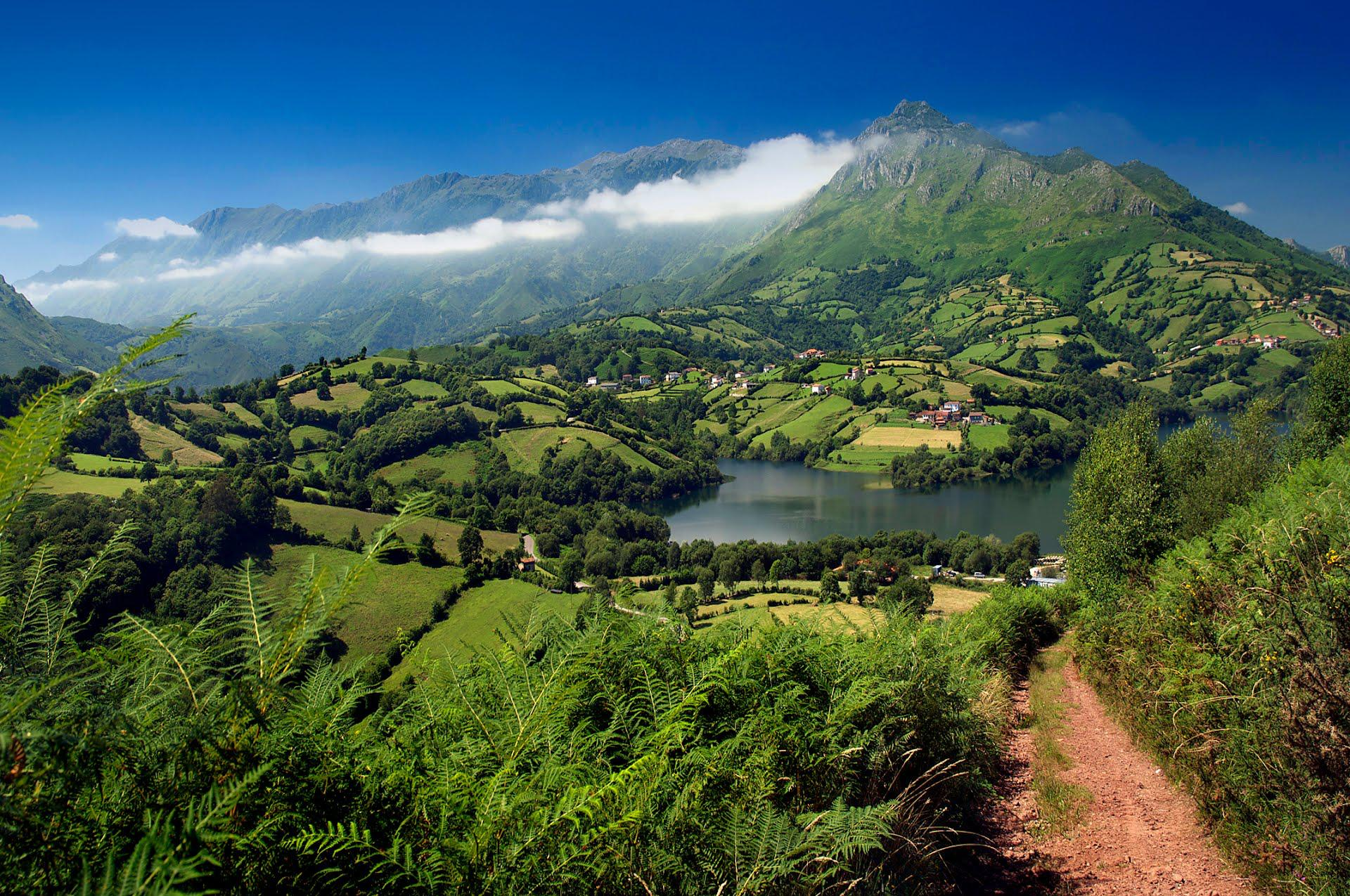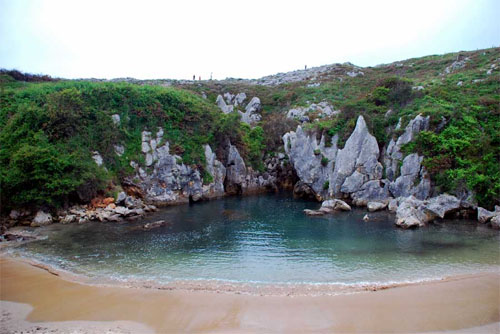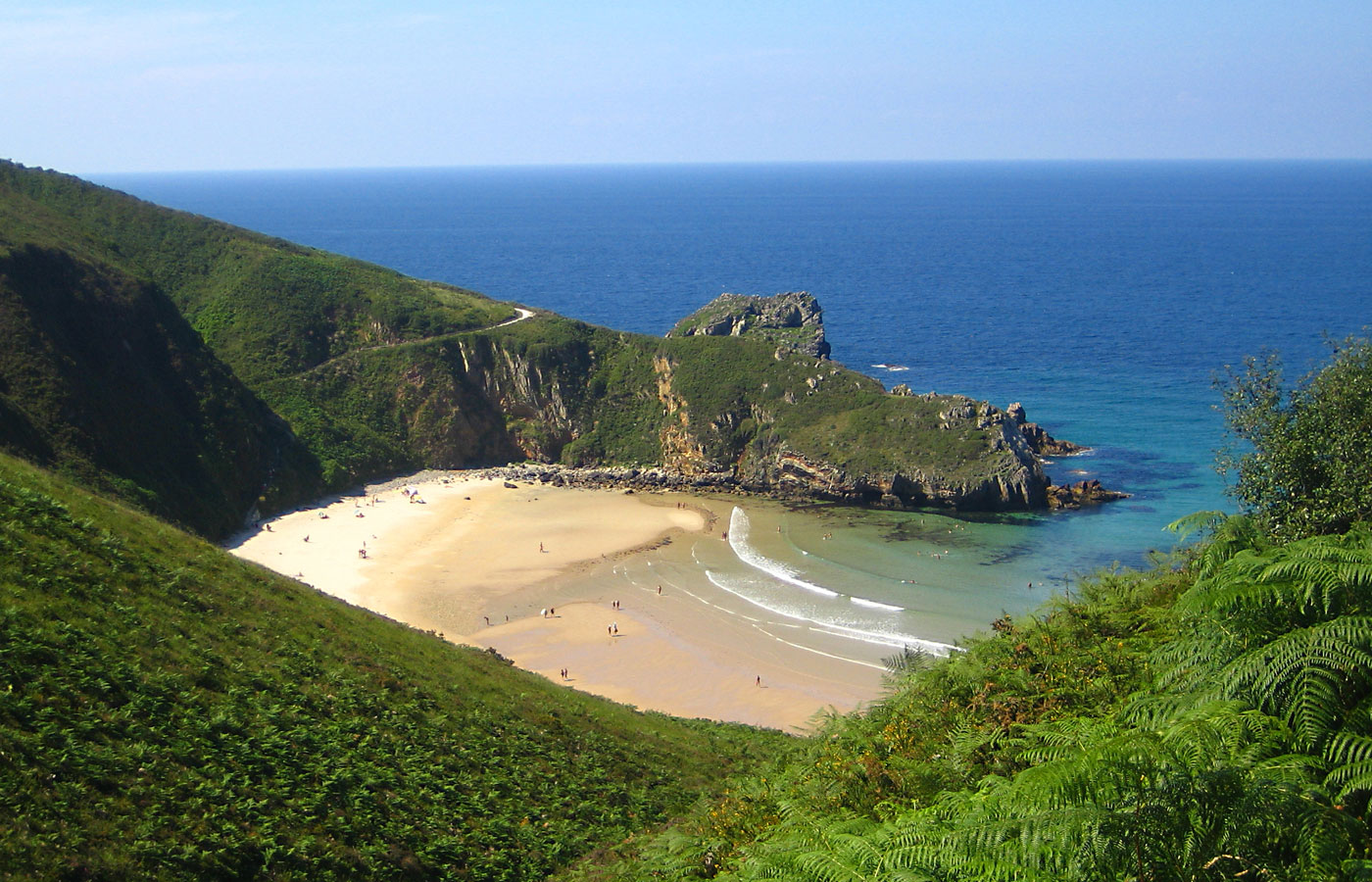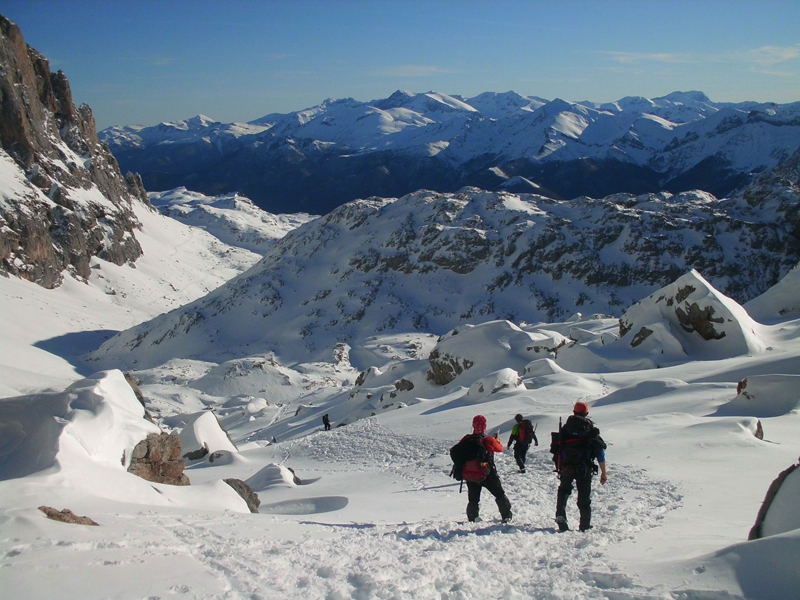
The Principality of Asturias is located in the North of Spain occupying a territory of 10,603 km2 and is home to 1,085,000 people. It is bordered on the West by Galicia, on the North by the Cantabrian Sea, on the East by Cantabria and to the South by the province of León. The capital is Oviedo, with Gijón being the largest city.
The international airport of Asturias is located in the locality of Santiago del Monte Castrillón which is at the center of the province and is only a 10 minutes drive by car from Avilés and 30 minutes from Oviedo and Gijón. Asturias also has the Morgal airfield in Llanera which is a few minutes’ drive from Oviedo.
There is an extensive rail network managed by FEVE at a regional and local level and RENFE providing national services. Currently an AVE high-speed train line is under construction which will reduce travel time between Asturias Madrid.
There are two main national motorways crossing the province and a wide and well maintained network of roads. You can cross Asturias from one extreme to another in a maximum of three hours.
The history of Asturias is linked to the symbol of the foundation and rebirth of the New Spain. This started when King Pelayo, who previously founded the Kingdom of Asturias, initiated the re-conquest of an occupied Spain by the Moorish by winning the Battle of Covadonga on the 28th of May, 722AD. It was for this reason and while Spain was been re-conquered that the territory of Asturias became the Kingdom of Asturias and Castilla and Leon.
Asturias is also at the origin of the “Santiago or Saint James Route“ thanks to King Alfonso II, King of Asturias and Galicia who was the first person to initiate the pilgrimage to Santiago from the city of Oviedo and was also the one who ordered the construction of a church in Compostela to protect the relics of the Apostle Santiago. This Route started in Oviedo and it is called “The Primitive Route”. Shortly afterwards, people from many other European towns started to make the pilgrimage to Santiago along with the old existing routes from Rome and Jerusalem.

Asturias became a Principality in 1388 due to the war of succession between Duchess Constance of Lancaster, wife of the Duke of Lancaster and daughter of Pedro I, the rightful heir and her uncle Enrique II who was the illegitimate son of the King and also the assassin of his brother Pedro I. The dispute was finally put to rest with the arranged marriage between the grandchild of Pedro I and Enrique II allowing Catalina of Lancaster and Enrique III to become the first Prince and Princess of Asturias. Since then, the first son of the King of Spain has both the title of heir to the Spanish throne and also serves as the Prince of Asturias.


Prior to the first monarchs, Asturias was well populated and considered a desirable territory for many different cultures throughout the ages. It was conquered and fought over due to its geographical situation, the fertility of the land and especially for the richness of its natural resources, gold and other precious metals. The inhabitants of Asturias were called Astures but they had to coexist with other cultures passing through such as Iberians, Vascones, Celts and Romans among others. Going back even further in time, Asturias was home to early man and further again, the Jurassic period of which traces can still be seen in region today.

This varied history has left the region rich in culture and history you can even experience excellent examples of Dinosaur Traces, Palaeolithic Cave Paintings and Celtic Settlements. Also, you will find wonderful examples of Pre-Romanesque Art, Old Roman Routes and religious and civil architecture.
More recently, Asturias was an important location during the Industrial Revolution bringing wealth to the area and many large Industrial developments. Asturians who had once emigrated to the Americas returned, bringing with them the wonderful Indiano architecture and dotting the landscape with churches, large estates and palaces.
With its lush green lands and a vast coastline, Asturias is home to many farmers and fisherman with very distinctive ethnographic styles of classical and rural constructions, characteristic “Horreos” which are food stores and still practiced traditions.
As a consequence of this amazing environment of mountains, valleys, rivers, sea, fauna and flora, 40% of the territory is designated as natural reserve, the highest percentage of any European region. This makes Asturias ideal for all kinds of sporting activities including hiking, climbing, cycling, canoeing, MBT, surfing, skiing, fishing and hunting………. the list goes on.
Nowadays Asturias boasts modern and cosmopolitan cities and towns, Majestic Mountains, Natural Parks & Biosphere Reserves, Protected Coastal Landscapes and Natural Monuments, amazing Blue Flag Beaches, very welcoming people and plenty of activities to offer tourists.
Asturias doesn’t just live from tourism and services. It also has a large entrepreneurial and industrial sector dedicated to the agri-food industry, metal, chemical, glass and mining industries as well as renewable energies. It is dedicated to the development and use of clean energy with innovative projects in offshore wind energy and a centre of collection, treatment and disposal of waste, which is a leading environmental model in Spain.
95% of the population has access to high-speed broadband internet services which makes Asturias the Spanish region with the highest rate of broadband cable internet access.
It is also the province in Spain with the highest quality of public health care per capita, offering access to 21 hospitals of which 14 are public and 7 private, including the world-famous Ophthalmic Institute “Fernandez Vega”.
Add a large cultural infrastructure, excellent cuisine and the innate kindness of its inhabitants and you will understand why the quality of life in Asturias is arguably one of the best in Spain.